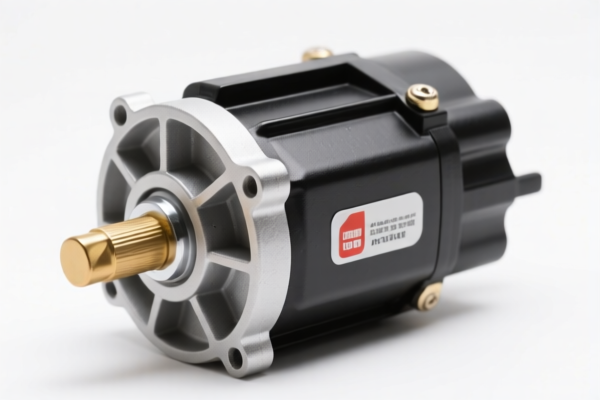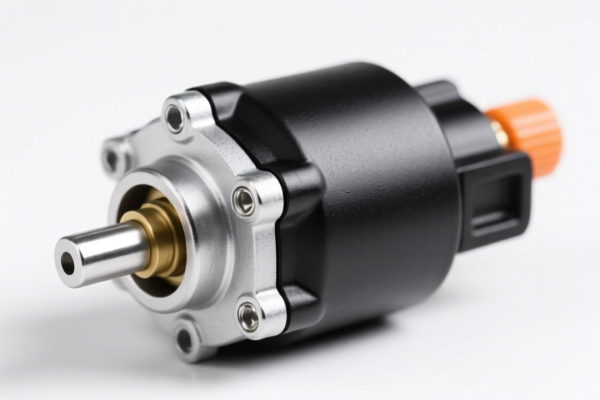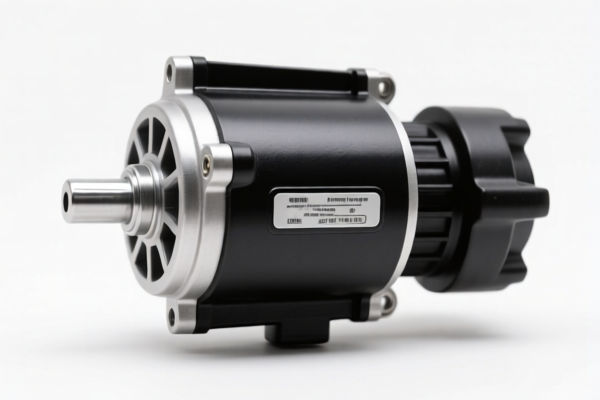| HS Code | Official Doc | Tariff Rate | Origin | Destination | Effective Date |
|---|---|---|---|---|---|
| 8535904000 | Doc | 57.7% | CN | US | 2025-05-12 |
| 8535908060 | Doc | 57.7% | CN | US | 2025-05-12 |
| 8537109170 | Doc | 57.7% | CN | US | 2025-05-12 |
| 8537109150 | Doc | 57.7% | CN | US | 2025-05-12 |
| 8538908120 | Doc | 58.5% | CN | US | 2025-05-12 |
| 8538908160 | Doc | 58.5% | CN | US | 2025-05-12 |
| 8536304000 | Doc | 55.0% | CN | US | 2025-05-12 |
| 8536490080 | Doc | 57.7% | CN | US | 2025-05-12 |




Delay Protector
A delay protector, also known as a time-delay fuse, is a type of fuse used to protect electrical circuits from overcurrent conditions, specifically those resulting from temporary surges or inrush currents. Unlike fast-acting fuses, they allow short-duration overloads without interrupting the circuit, making them suitable for applications with high inrush currents.
Material
Delay protectors typically consist of a fuse element encased in a body made of materials like:
- Zinc: Commonly used for the fuse body due to its good mechanical strength and arc-quenching properties.
- Glass: Used in some glass tube fuses, providing visibility of the fuse element.
- Ceramic: Employed in high-voltage or high-temperature applications for enhanced durability.
- Fuse Element: Usually composed of alloys like copper, zinc, aluminum, or silver, with varying compositions to achieve specific time-delay characteristics.
Purpose
The primary purpose of a delay protector is to:
- Protect electrical components: Safeguard sensitive equipment from damage caused by overcurrents.
- Prevent nuisance tripping: Avoid unnecessary interruptions in circuits experiencing temporary surges, such as motor starting currents.
- Allow inrush currents: Accommodate the high initial current draw when equipment is switched on.
Function
Delay protectors function by:
- Normal Operation: Allowing normal current flow without interruption.
- Temporary Overload: Withstanding short-duration overcurrents (inrush currents) without blowing. The time-delay element absorbs energy during these surges.
- Sustained Overcurrent: When a sustained overcurrent exceeding the fuse's rating occurs, the fuse element melts, interrupting the circuit and protecting the connected equipment. The melting time is determined by the fuse's time-delay characteristics.
Usage Scenarios
Delay protectors are commonly used in:
- Motor Circuits: Protecting motors from damage during start-up, which involves high inrush currents.
- Transformer Circuits: Safeguarding transformers from inrush currents when energized.
- Power Supplies: Protecting power supplies from temporary overloads.
- Lighting Circuits: Preventing nuisance tripping due to inrush currents from lamps.
- General Electrical Equipment: Protecting a wide range of electrical devices from overcurrents.
Common Types
Delay protectors are categorized based on their characteristics and applications:
- Dual-Element Fuses: These fuses contain two fuse elements – a fast-acting element for quick response to sustained overcurrents and a slow-acting element for accommodating inrush currents.
- Time-Delay Cartridge Fuses: Commonly used in industrial applications, these fuses provide robust protection with varying time-delay characteristics.
- Slow-Blow Fuses: A general term for fuses designed with a time-delay characteristic, often used in applications with moderate inrush currents.
- Automotive Fuses: Specifically designed for automotive applications, these fuses provide time-delay protection for various automotive circuits.
- Blade Fuses (ATO/ATC): Common in automotive and general electrical applications, available in time-delay configurations.
Based on the provided information, “delay protector” can be interpreted as a protective device for electrical circuits. Here are the relevant HS codes found within the reference material:
- 8536304000: Electrical apparatus for switching or protecting electrical circuits, or for making connections to or in electrical circuits (for example, switches, relays, fuses, surge suppressors, plugs, sockets, lamp-holders and other connectors, junction boxes), for a voltage not exceeding 1,000 V; connectors for optical fibers, optical fiber bundles or cables: Other apparatus for protecting electrical circuits: Motor overload protectors. This code covers apparatus specifically designed for protecting electrical circuits, and motor overload protectors fall under this category.
- 8538908120: Parts suitable for use solely or principally with the apparatus of heading 8535, 8536 or 8537: Other: Other: Other Of automatic circuit breakers. If the delay protector is a component of an automatic circuit breaker, this HS code may be applicable.
- 8536490080: Electrical apparatus for switching or protecting electrical circuits, or for making connections to or in electrical circuits (for example, switches, relays, fuses, surge suppressors, plugs, sockets, lamp-holders and other connectors, junction boxes), for a voltage not exceeding 1,000 V; connectors for optical fibers, optical fiber bundles or cables: Relays: Other Other: Other: Other. If the delay protector functions as a relay, this code could be relevant.
Tax Rate Details:
- 8536304000: Basic tariff: 0.0%, Additional tariff: 25.0%, Additional tariff after 2025.4.2: 30.0%, Total tariff: 55.0%
- 8538908120: Basic tariff: 3.5%, Additional tariff: 25.0%, Additional tariff after 2025.4.2: 30.0%, Total tariff: 58.5%
- 8536490080: Basic tariff: 2.7%, Additional tariff: 25.0%, Additional tariff after 2025.4.2: 30.0%, Total tariff: 57.7%
Important Note:
The applicable HS code depends on the specific function and construction of the “delay protector”. If it is a component of an automatic circuit breaker, 8538908120 may be more appropriate. If it functions as a relay, 8536490080 should be considered. If it is a standalone protective device, 8536304000 is likely the correct code.
Customer Reviews
No reviews yet.